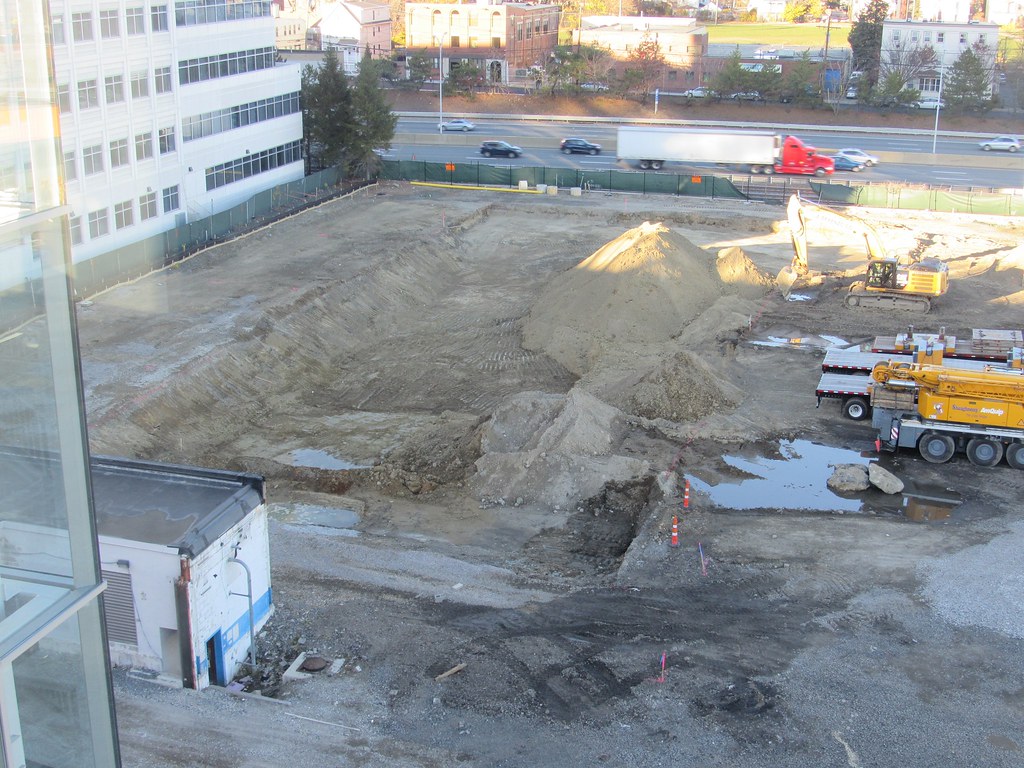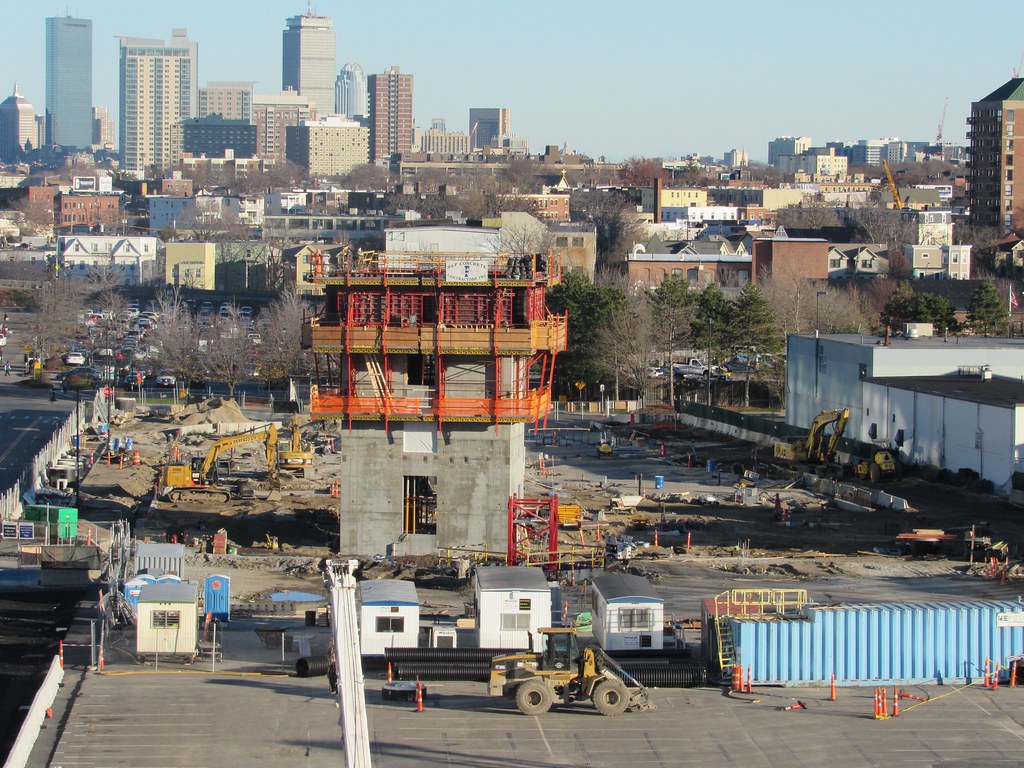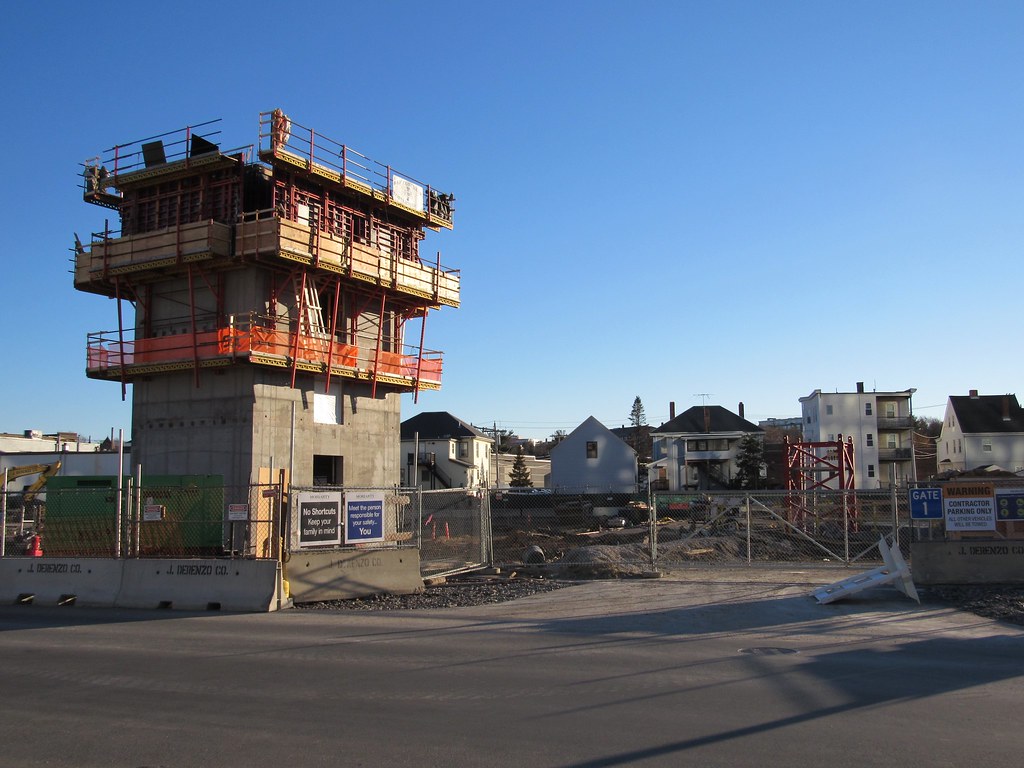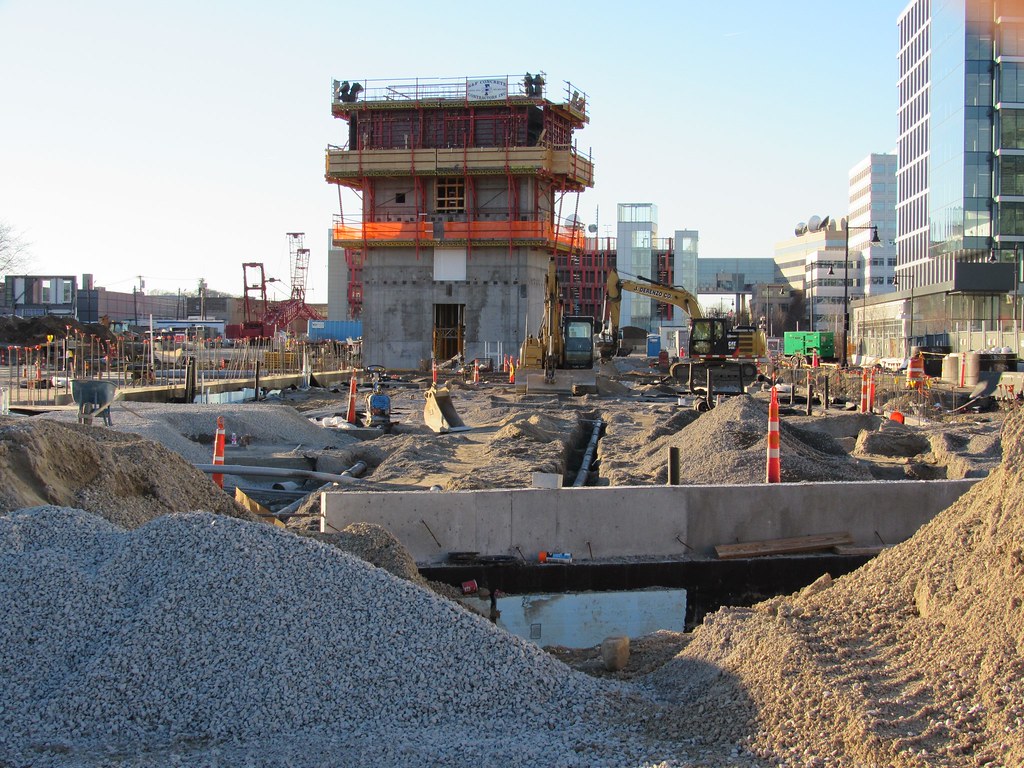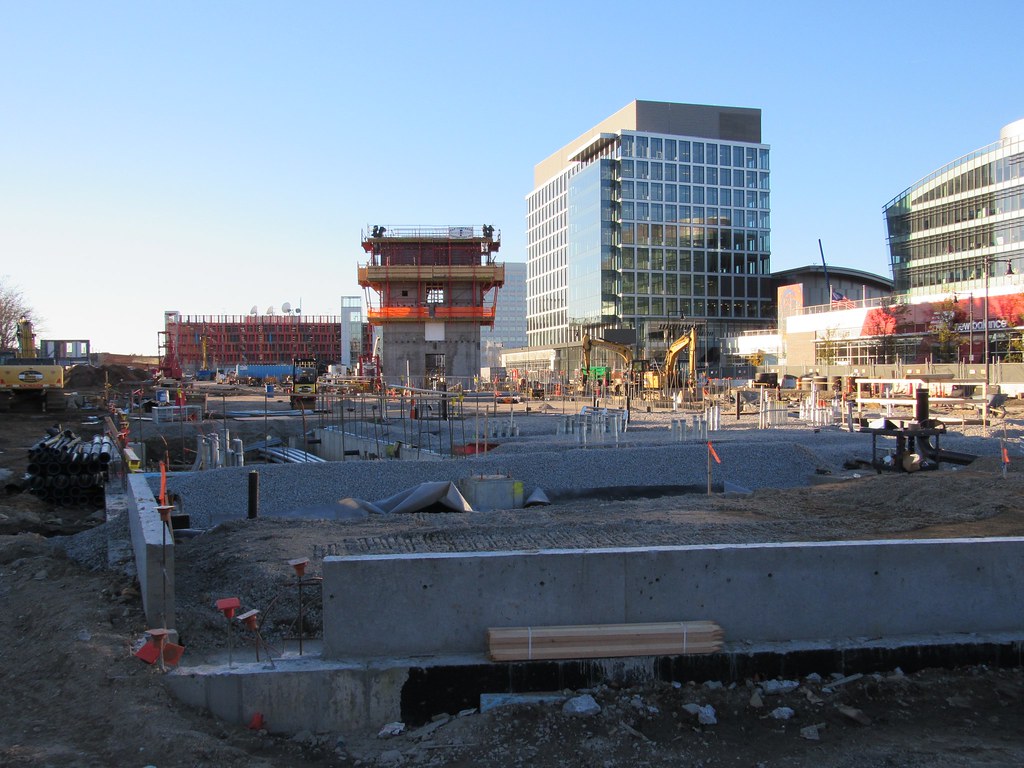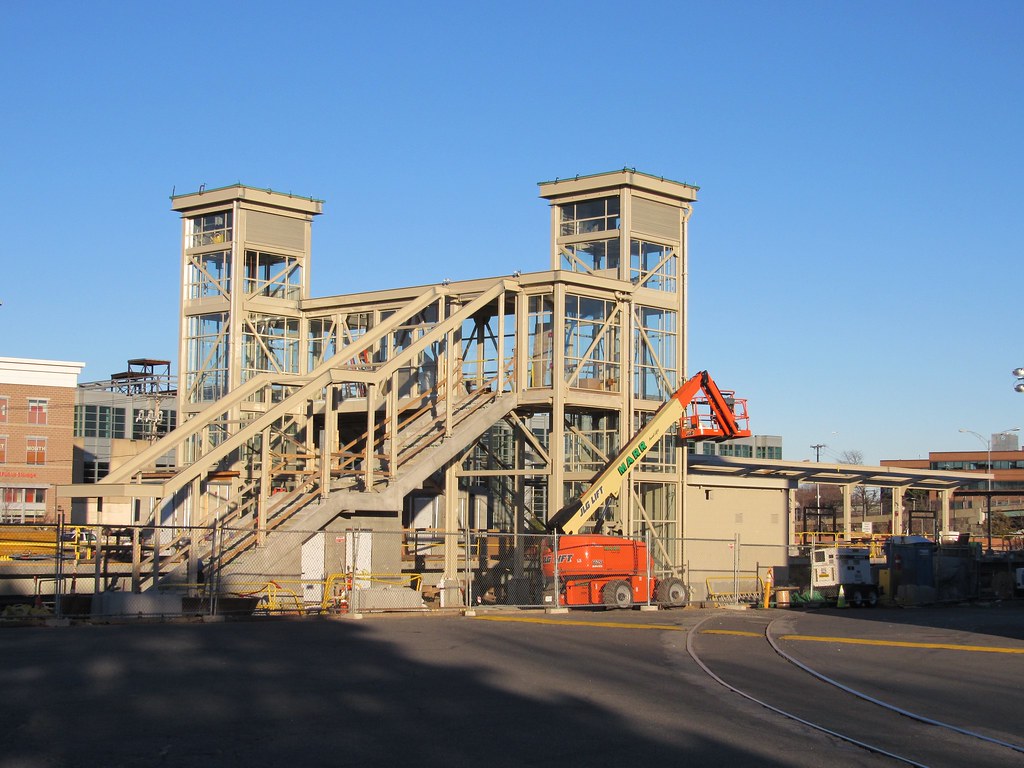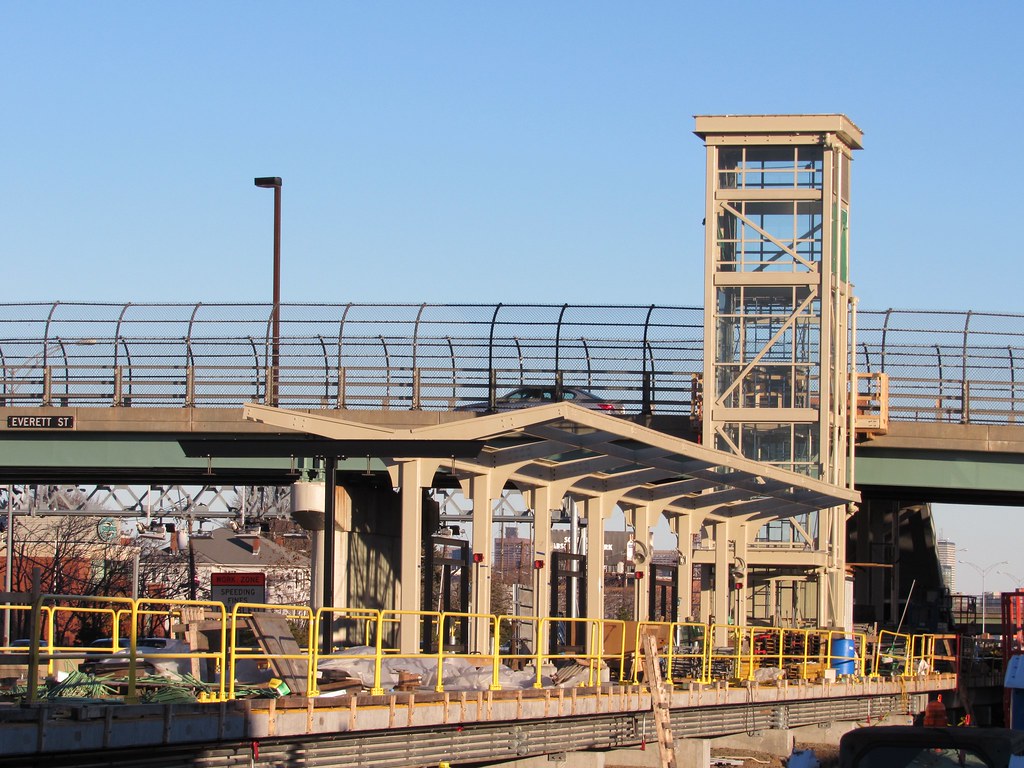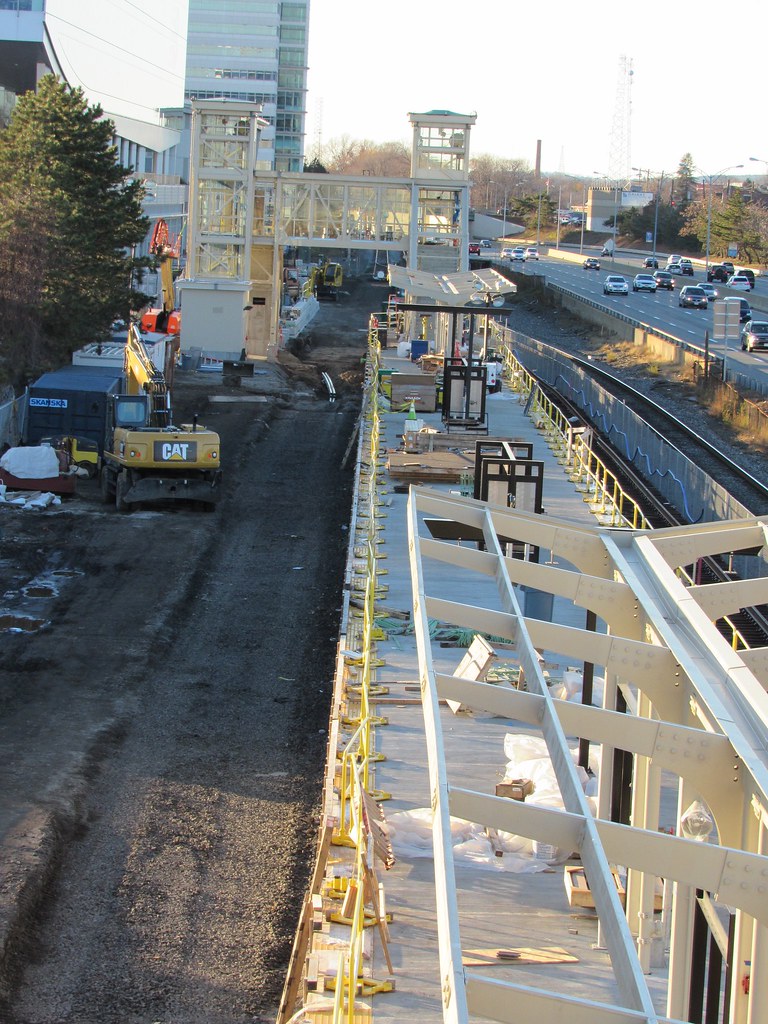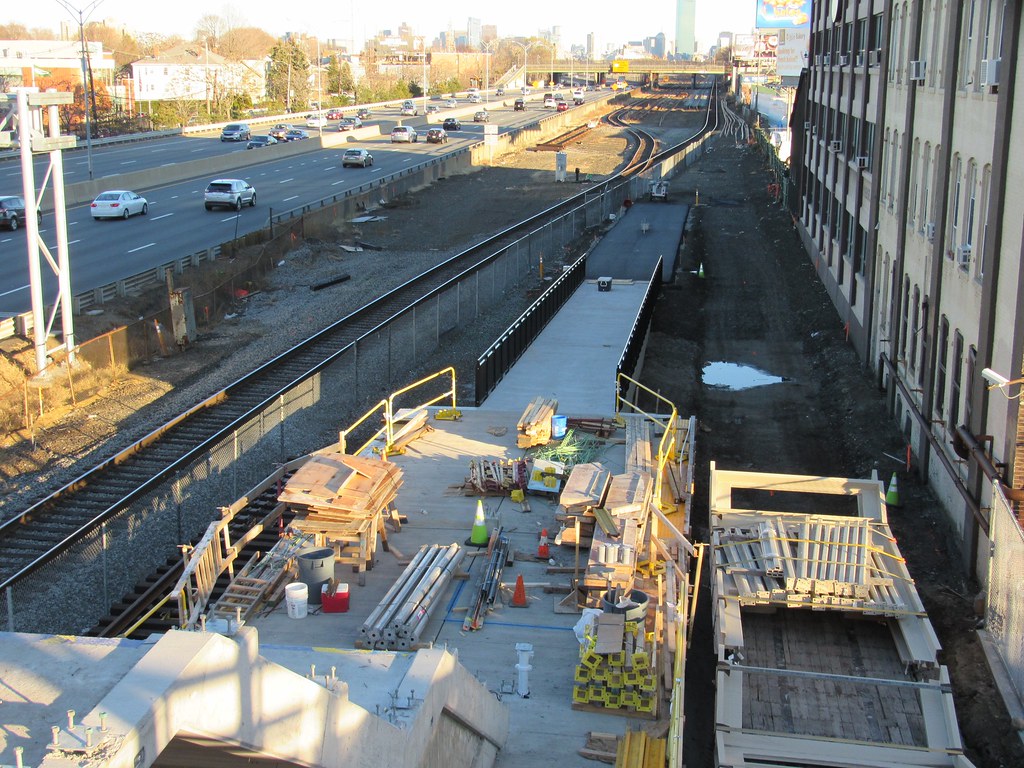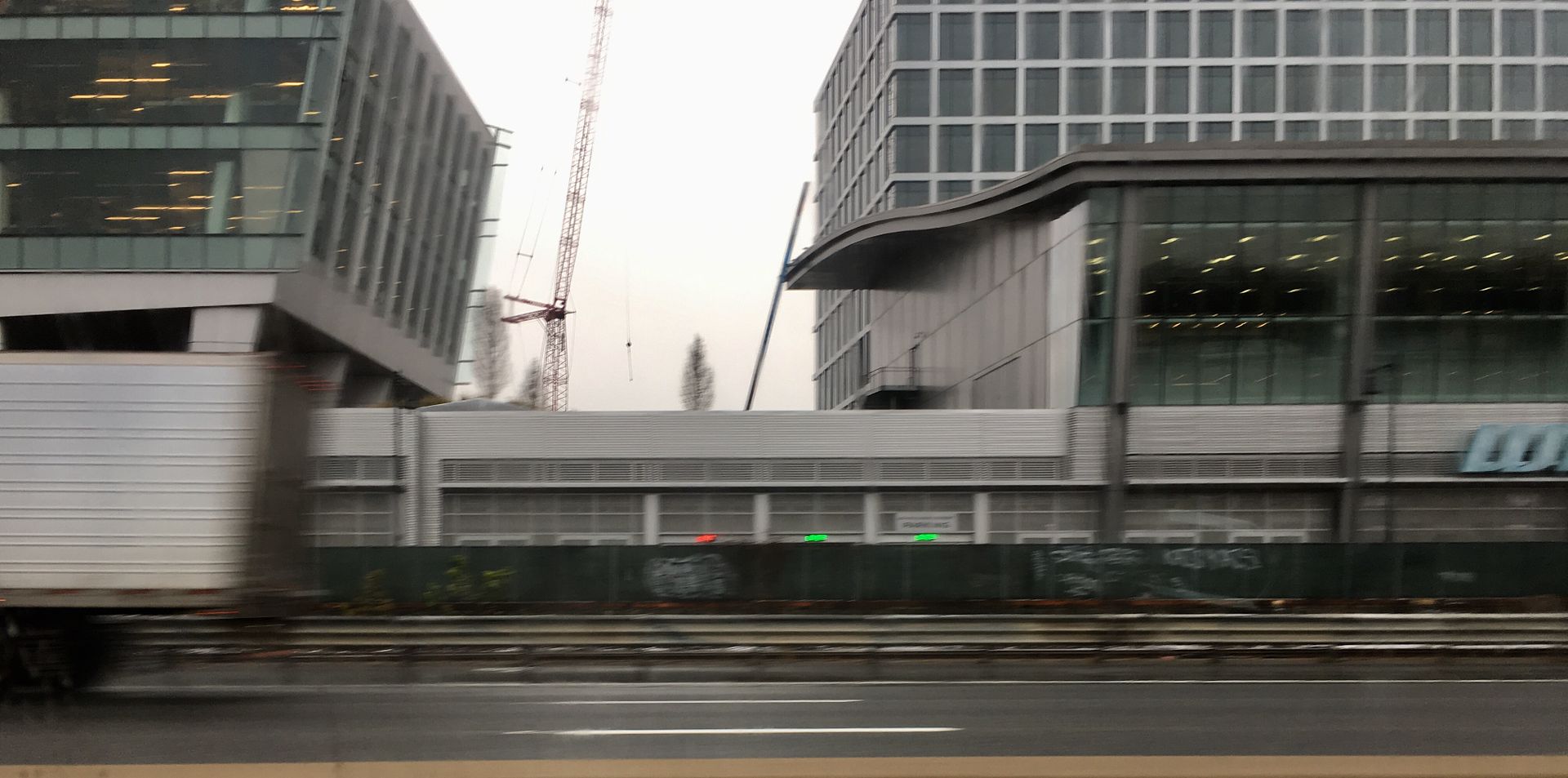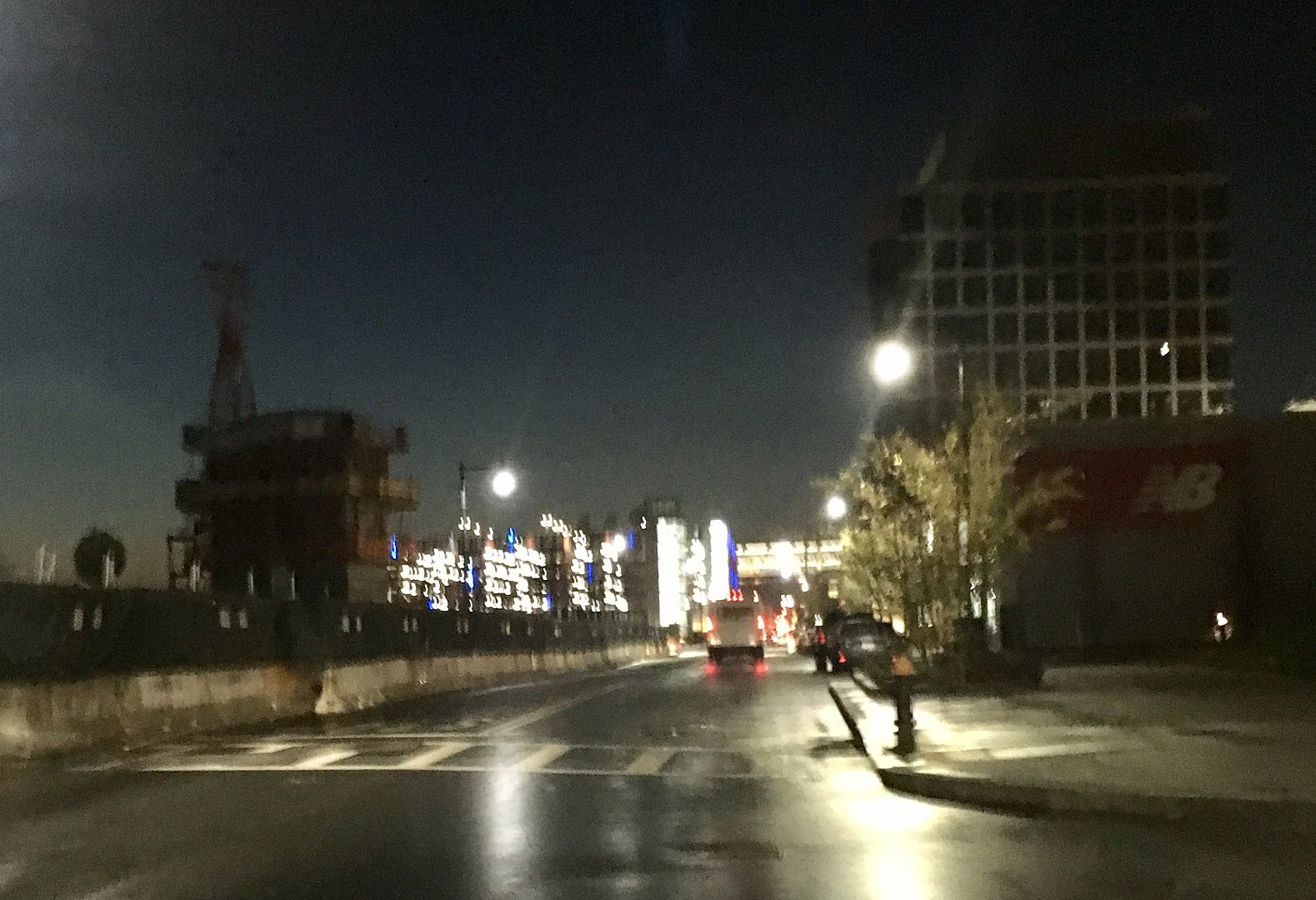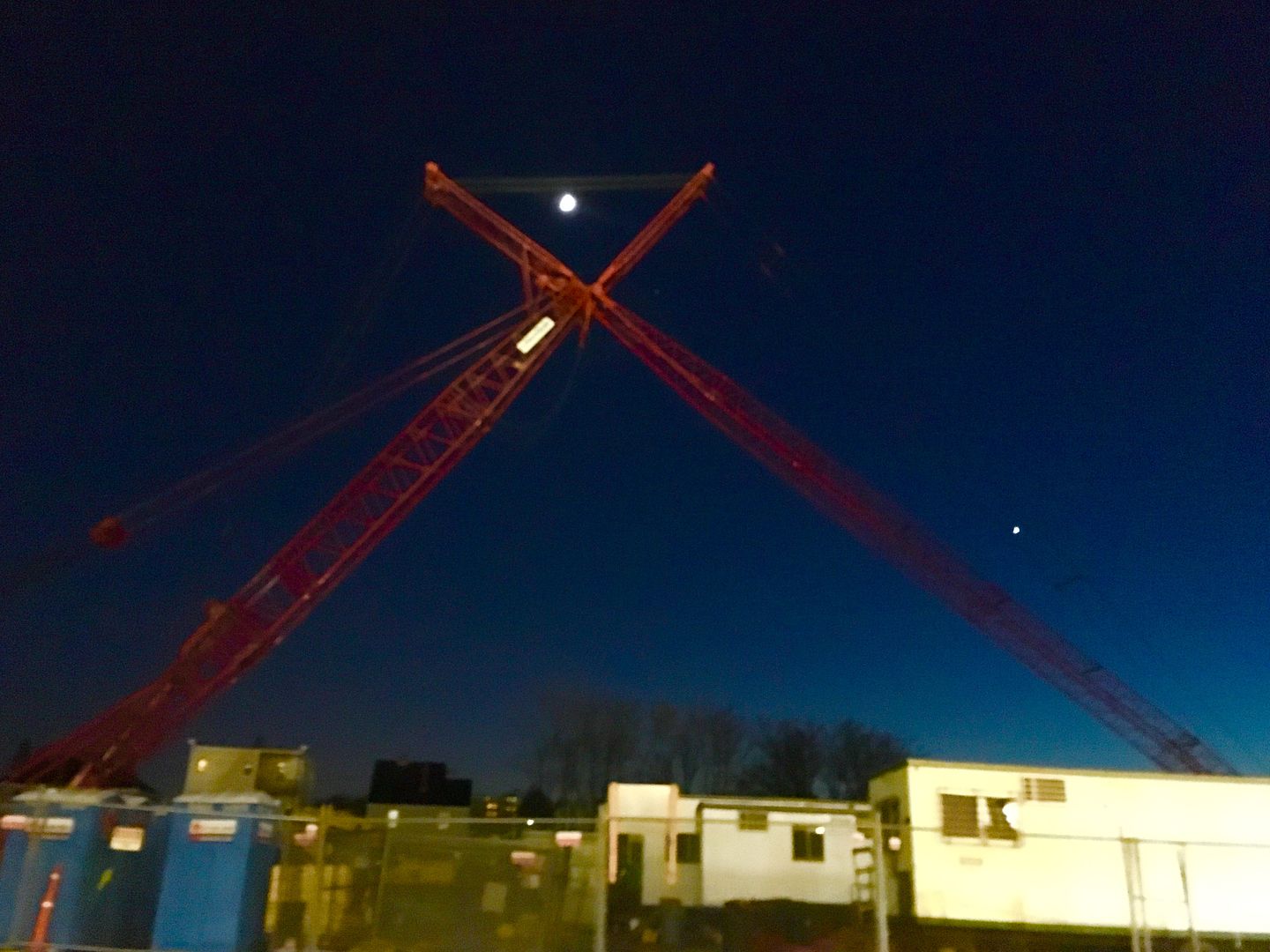have you posted info about the short trainsets? i'm curious to know if they accelerate well compared to electric commuter trains.
It doesn't matter what rolling stock gets used; Indigo will use much shorter sets than the full Worcester Line because it's short-turning at Riverside on higher frequencies. Right now 4-car trains are the system-default minimum, with anything shorter than that being considered a light engine move that has to operate at restricted speed. A couple of lines...most notably Fairmount...have a special 5-car minimum operating bulletins because 4-car trains don't properly shunt the signal system (i.e. one or two blocks will intermittently fail to detect a short set, so they have to risk-pad). That means that Fairmount will need indeterminate (but probably very minor) $$$ in signal tweaks before it can shorten to proper Indigo-size sets. Unless the PTC installation fixes that glitch without needing to touch the underlying cab signals.
Now...that doesn't mean you can't run shorter sets. Amtrak's Springfield Shuttle has historically done as little as ONE car behind a loco on particularly dead weekend slots, as the Springfield Line has always been configured for that. Metro North routinely does 2-3 car Danbury shuttles...so YMMV by commuter rail agency on what they maintain their equipment minimums to. The 4-car Purple Line minimum is just a blanket catch-all rule to square up all the varying-age signal systems on the T. Some lines would easily be able to be re-certified for 2- or 3-car trains in as-is condition if they did non-revenue shakedown tests to make sure the existing signal system shunted correctly 100 times out of 100. They just haven't ever had a compelling reason to do those tests for current schedules. Some lines with shitty-quality signaling would inevitably need to be upgraded, but Worcester--the shittiest by far--already needs that before it can ever absorb serious service increases, so that's not anything we don't already know we have to spend on re: basic bread-and-butter SGR every-priorities.
Any which way, it'll take 5 years minimum from RFP to fleet delivery to order any specialized DMU/EMU's...so in all practicality any service starts for Indigo service are going to have a bridge era where plain old push-pull sets with single-level cars (probably modded with door-mount tap surfaces for fare payment) have to cover the first 5 years of service scale-up. Maybe they only do once-every- 20-25 minute clock-facing frequencies instead of once-every-15. They can absolutely run the service; it just gets less cost-effective than an
xMU past a certain level of frequencies. It's no big deal to run a 4-car set with the rear 2 cars closed off during non-peak slots. You're only carrying 1 conductor for the first 2 cars, and there's very little deadweight in the empty rear when they aren't carrying human flesh and aren't drawing any tangible electricity with interior lights/climate control turned off and nobody charging their gadgets at the electrical outlets.
The service isn't going to grow overnight, so starting on a ramp-up with the equipment you have is the most practical way to get it going. It's pointless to wait 5 years years just for a stupid vehicle order when the vehicle isn't the service and you can get the ridership growing on a meaningful curve by starting sooner. It just requires an ironclad commitment to keep ramping up service levels on a calendar schedule without pulling a cut-and-run at the very next budget crisis like the T is always wont to do with CR schedules. Stick to the plan and let the growth curve do its thing.
--------------------
As for what MU's? The canceled DMU RFP called for married-triplets, meaning they'd be put together 3 cars worth at a time...albeit with less seating and more doors than your typical single-level car since the interior would be optimized for fast-on/fast-off boarding.
If they go with EMU's (like they should) it would probably be married-pairs put together 2 at a time...the most typical EMU configuration. And they'd most definitely be bi-level, because fleet scale demands a common pool fleet with the Providence Line. Though probably 2 x 2 instead of 3 x 2 seating as a split-the-difference compromise. Plenty good enough even if the interior isn't quite as spot-on optimal for Indigo as the single-level DMU's. The vehicle performance is that much stratospherically better with EMU's than DMU's (which are not
that much better than diesel that they're any sort of revolution). They'd never have a need to think twice about fleet fragmentation over chintzy seating config...just order a large common EMU pool fleet with Providence as the primary user, and built out system electrification from there letting the fleet scale compel more lines being wired up.


